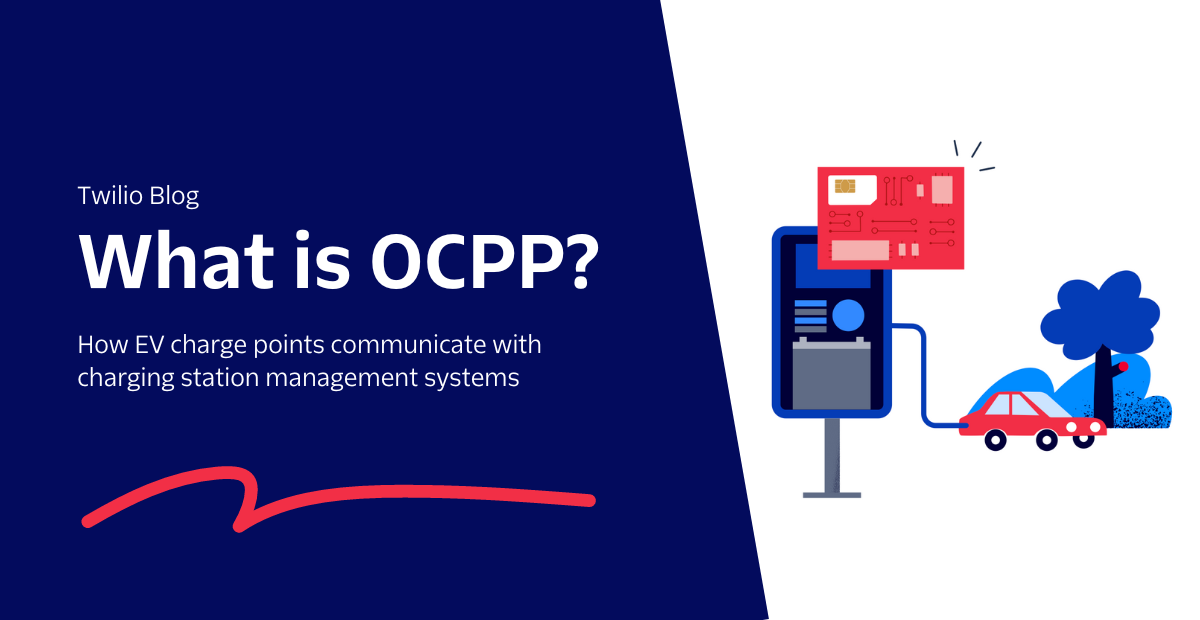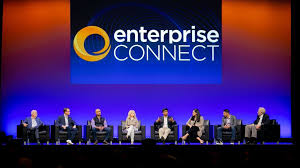What is Open Charge Point Protocol (OCPP)?
Time to read: 4 minutes

Climate-conscious spending trends and the soaring costs of gasoline mean consumers are increasingly turning to electric vehicles (EV) for their transportation needs. With more EV drivers on the roads, more EV charging stations are being installed all around the world. This has created an interesting new landscape in which EV charging stations, networks, and software interact with one another and, of course, with the EV drivers themselves.
These various devices and programs need to communicate seamlessly, which is where Open Charge Point Protocol (OCPP) comes in to create a truly streamlined charging experience.
How does OCPP Work?
OCPP is the open-source language used by charging stations and network management systems to communicate with one another, no matter how different they may be. The OCPP communication protocol was written and published by the Open Charge Alliance (OCA), based in the Netherlands, to promote open standards for EV charging networks globally.
Essentially, the OCPP’s role is to make any EV charging station work in a compatible way with any charger management software. Charge points rely on OCPP compliance to enable charging sessions, manage remote diagnostics, and ensure a secure exchange of data.
The latest OCPP version is OCPP 2.0.1, which delivers some improvements over OCPP 1.6. The OCPP 1.6 version, as an application protocol, has also been improved to meet current industry standards and is therefore still in use as people slowly adopt OCPP 2.0.1.
Who Uses OCPP?
We can identify three different players in the field of EV charging that need to cooperate seamlessly for a great end-user charging experience:
- EVSE Manufacturers: These are hardware companies that manufacture the EV chargers themselves.
- CSMS Software Providers: These are software companies that build charging station management systems (CSMS).
- CPOs: These are the charge point operators (CPOs) who own the customer relationship. They’re the brands that EV drivers interact with.
It is common for these three to be separate businesses, but in some cases, single companies choose to take the role of two or all three of the above, meaning they operate a broader charging infrastructure.
OCPP is incredibly important for all three of these key players. For example, charging networks and station owners need to bill the driver for their use of electricity and manage the chargers’ electrical load. The charger, therefore, needs to be controlled through a central interface. These central management systems are typically web-based administration portals that sit in the cloud and use public internet. They are built by CSMS software providers.
OCPP is the language that the chargers use to speak with these central management systems, giving them interoperability despite having different manufacturers and different software providers. A non-OCPP system would not have this functionality.
Example: OCPP in Action
A typical sequence of events for electric vehicle drivers when they need to charge their car looks like this:
- The driver makes a reservation request for a particular charger prior to arriving at the charging station, typically through a mobile app or through messaging.
- On the backend, this charger is put on hold for the driver.
- As the driver arrives, they identify themselves and the charger authorizes them.
- The charger physically unlocks the connector that the driver plugs into their car.
- The charger starts the charging session.
- The driver enters a nearby store for a cup of coffee and eventually receives a notification that the charging session has ended.
- The driver sets the connector back into the socket and the charger locks the socket.
- The charger triggers a billing event with the driver according to their usage and the CPO’s pricing.
Each of the steps mentioned above utilizes a command/response that is exchanged between the charging station and the CSMS via the OCPP open protocol.
Thanks to OCPP, there is compatibility across different vendors, systems, and service providers, which in turn allows for more choice in both hardware and software for the consumer. Whether that’s an EV driver buying home chargers, a real estate company installing EV charging stations at apartment or office buildings, or other buyers of EV charge points, OCPP enables a smooth charging experience.
Accessing OCPP-Compliant Chargers Over the Internet
For EVSE manufacturers, CSMS providers, and CPOs to be able to function on their own and with each other, they need reliable connectivity in all the places they operate or want to expand into.
Luckily, such an infrastructure exists with the public wireless networks around the world. While many older chargers are still connected through ethernet, cellular connectivity combines reach, availability, and security into a package that gives charge point operators the reliability they need.
However, OCPP does not offer a lot in terms of remotely accessing chargers to reconfigure them, troubleshoot for issues, or push firmware updates to remedy security issues or improve their functionality over time. While it exposes error codes when chargers malfunction, this is not sufficient to fix the error.
Charge points, like any modern internet-connected devices (IoT devices), need to allow remote access and the ability to update the firmware (software) that runs on them in a way that guarantees stability.
Twilio addresses this issue and supports OCPP-compliant charging points with two offerings:
1. Super SIM
This is a single SIM card that gives access to over 400 top-tier networks around the world, with automatic failover built in and local internet breakouts for low latencies and high data sovereignty.
Super SIM lets charge point operators, network providers, CSMS providers, and manufacturers create a smart charging experience and attain a high level of control over cellular deployment. This can range from choosing which networks to utilize and which to exclude, to getting a stream of SIM connection events that allows them to create additional revenue streams around access to premium network status visibility and more.
2. Microvisor
Microvisor is a managed service providing 24/7/365 remote device access as well as hardware-to-cloud security for the lifetime of connected devices such as EV chargers. This service allows operators to continuously monitor, troubleshoot, and improve their chargers in the field by offering unbreakable over-the-air firmware updates and secure live (line-by-line) remote debugging. Device management can therefore be streamlined and improved.
Have a look at IoT SIMs and Managed Connectivity for Smart EV Chargers for more information, and to sign up for a free Super SIM trial card or join the Microvisor beta program.
Related Posts
Related Resources
Twilio Docs
From APIs to SDKs to sample apps
API reference documentation, SDKs, helper libraries, quickstarts, and tutorials for your language and platform.
Resource Center
The latest ebooks, industry reports, and webinars
Learn from customer engagement experts to improve your own communication.
Ahoy
Twilio's developer community hub
Best practices, code samples, and inspiration to build communications and digital engagement experiences.


